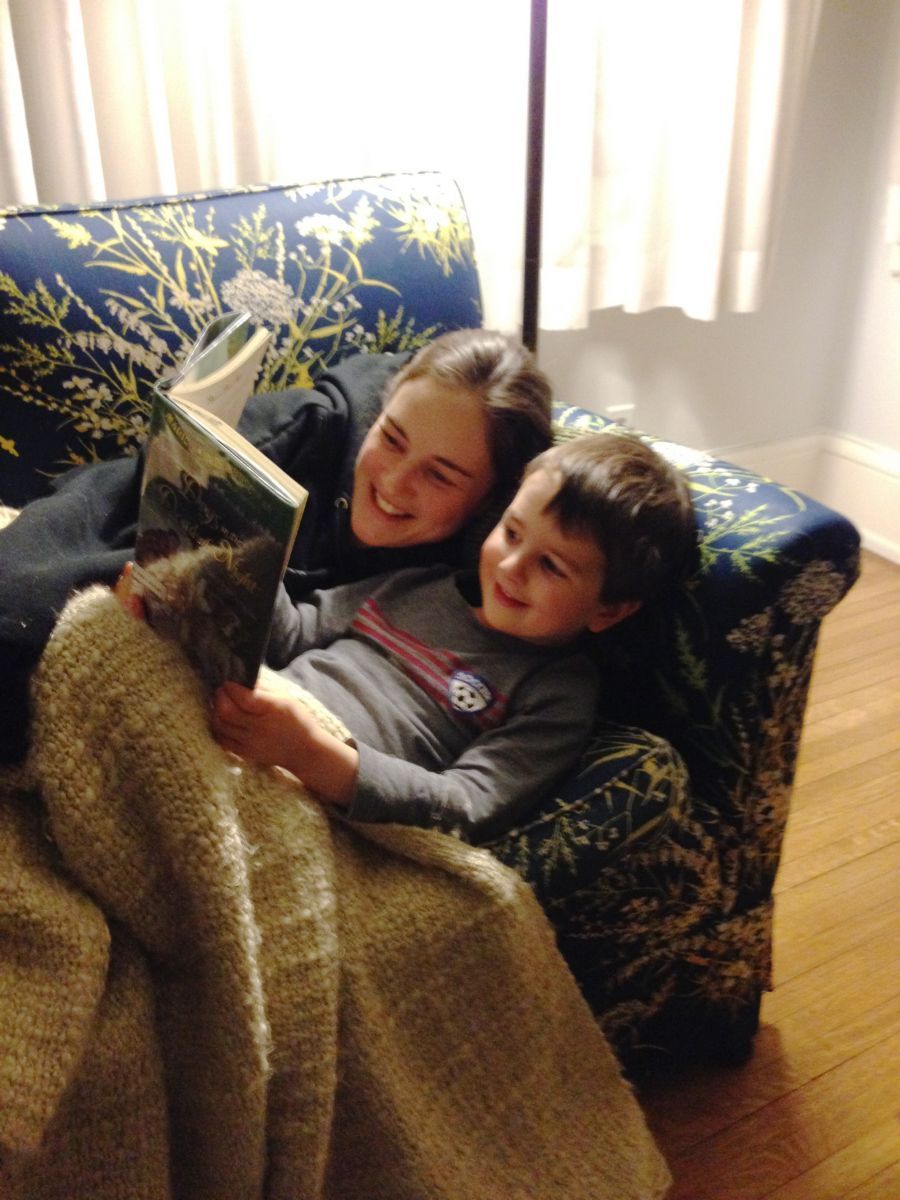Blog
Parenting

Children around the country will be asked the same question several times this month: What are you thankful for? While some children will take the time to pause and give a thoughtful answer, many will just answer the question quickly (“I’m thankful for my family and friends”) without taking the time to consider the meaning of what they’re saying. In fact, many adults will do the same thing. Encourage your kids to think about gratitude in a different way this year. True gratitude is not expressed by simply saying what we’re thankful for. True gratitude comes with action. It is the feeling of being thankful, plus the action of reaching out and finding a way to thank the source of that feeling. This a good practice to foster in your kids, and there are ways to make it a literacy-boosting activity. Win, win! If you’d like to give this a try with your kids, help your kids write down what they’re thankful for. Then, have them take action in the coming weeks with a related reading or writing activity. For example, if a child says he is thankful for his parents, have him write them a note expressing this gratitude. If a child says she is thankful for the earth, point her toward some reading material that celebrates the earth. Have her channel her thanks into a deeper understanding of some of the issues our planet faces. Here are a few more examples: “I’m thankful for food.” = Who prepared that food for you? Write that person a note to tell them why you’re thankful for it. “I’m thankful for my pet.” = Pets love to hear their owners’ voices. Pick a favorite book and read it aloud to your pet as a way of letting him know you appreciate him. “I’m thankful for recess.” = Who do you play with at recess? Write that person a note. OR: Why does it feel good to play outside? Read an outdoor magazine or nature book and make a list of outdoor activities you enjoy. “I’m thankful for my computer.” = Technology helps us learn amazing things in exciting new ways. Use your favorite reading tool or reading game, such as One Minute Reader , and then write down how the computer made learning more enjoyable for you. Encouraging your kids to not just say thank you, but to also act on that feeling, will help them think more deeply about real gratitude. We at One Minute Reader are thankful for YOU for all that you do to help your kids. We hope you have a wonderful Thanksgiving holiday.

Have you considered incorporating a read aloud routine into your plans? No student is too old or too young to enjoy reading along with a close family member or friend, and the benefits are immense. Research supports that reading aloud to someone directly helps that person build the knowledge required for success in reading. Those who are read to on a regular basis gain language and literacy skills earlier and more quickly than those who are not. When a caring person reads to another, vocabulary, decoding, and comprehension skills improve. Most importantly, reading becomes associated with love, which helps foster a lifelong love of reading. Read aloud time is also a great opportunity to help your child develop reading stamina. By taking turns reading, your child gets to exercise their reading abilities while benefiting from your feedback and support. Over time, you can gradually extend the number of pages or duration your child spends reading. Readaloud.org is a wonderful resource devoted to this important practice. The Book Selections page includes suggestions for every age group through the age of 8. For additional book suggestions, check out our free book lists! Gratitude Book List Cozy Wintertime Book List

As a mother of four young children who are drawn to the iPad like moths to a flame, it’s a little hard for me to write a blog post about the upside of screen time. Mostly I see the iPad as a frequent source of conflict in my house. My kids want to play games or watch shows on it, and I want them to do things I’ve deemed more meaningful—read books, play outside, build with Legos, or, dare I even dream it, pick up their room. Indeed, plenty of research confirms the negative consequences of too much screen time, which is why so many parents find themselves fighting this battle with their children day after day. So where is the upside? When kids use One Minute Reader on a computer or tablet, they have audio support for unknown words, plenty of content at a level that will challenge but not frustrate them, a motivating system for tracking progress, a game-like interface to keep them engaged, and more. This system makes reading enjoyable while offering kids the support they need to improve quickly. Furthermore, the “moth to the flame” phenomenon works in everyone’s favor. Students are so drawn to the program on the screen, they are more motivated than ever to work on fluency. If this is the end result, and a screen can help achieve it with increased efficiency, I’d call that an upside for sure. If screens (in moderation!) are a part of your children’s lives, consider a well-developed, tried-and-true educational program like One Minute Reader. The whole program, with dozens of high-interest stories, is just a click away for $8/month. If your kids are game lovers, you might also want to check out the fun, vocabulary-boosting Splat-o-Nym app for the iPad. As summer approaches, we hope your screen time battles are minimal and that One Minute Reader is a solution everyone can agree on.
Ready to see an improvement in your child's reading?
Sign up today and get seven days for FREE.
One Minute Reader is just $8 per month after your free trial.


